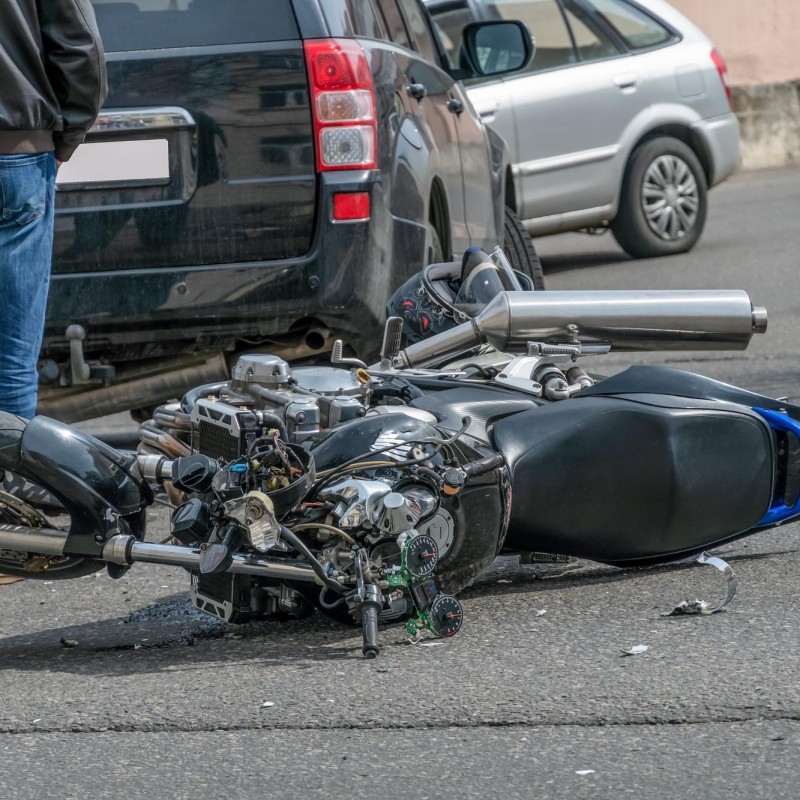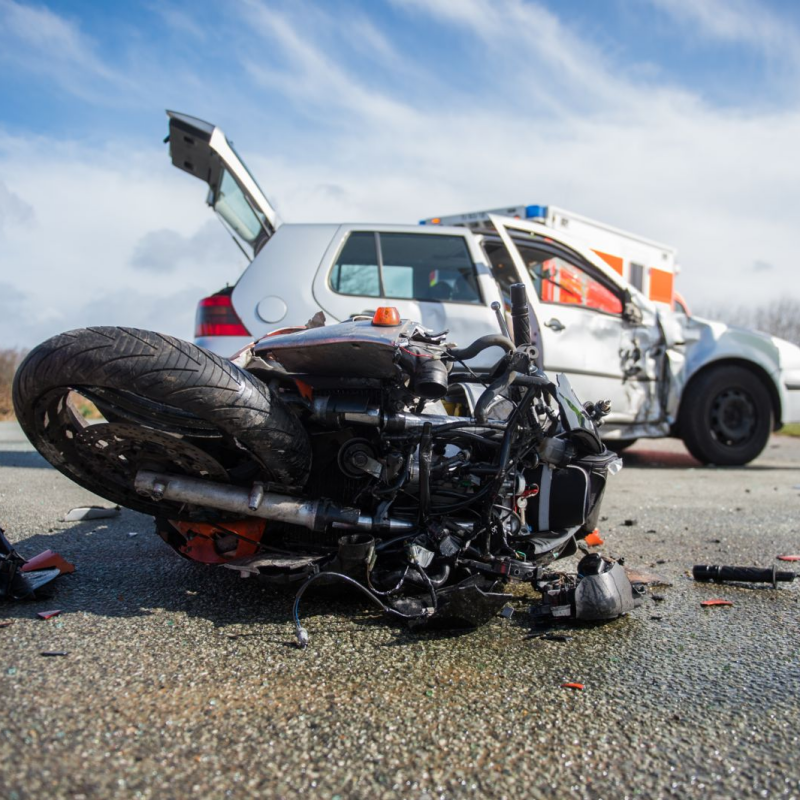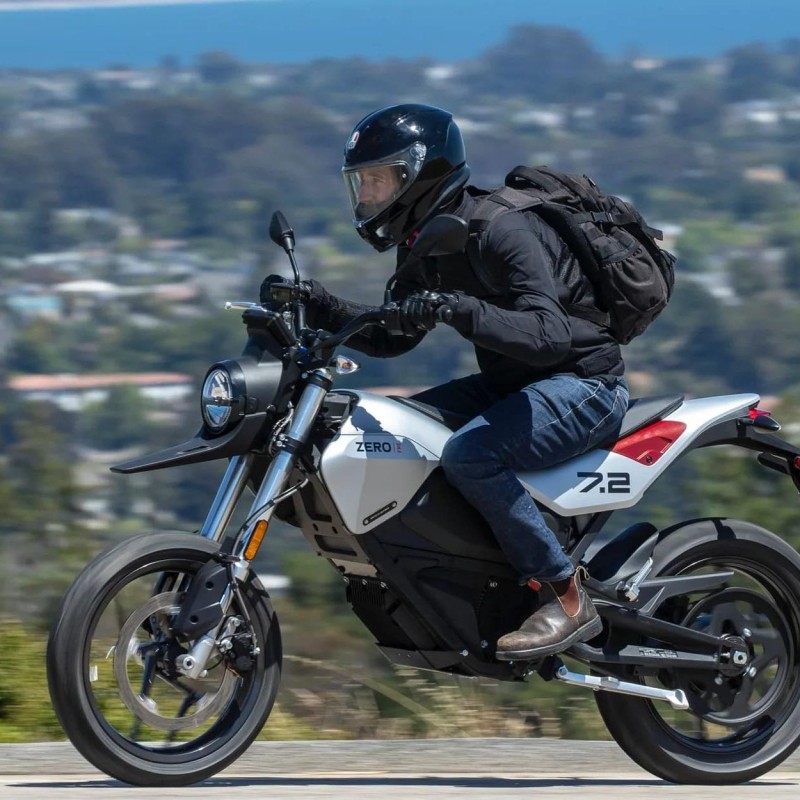Motorcycling offers a unique experience on the road, combining freedom, adventure, and connectivity with nature. However, with this exhilarating mode of transportation comes significant risks. Motorcycle accident statistics reveal an alarming trend: motorcyclists are disproportionately affected by accidents compared to car occupants. According to various studies, motorcyclists face a higher risk of injury or fatality in crashes due to their lack of protection and exposure to the elements. Understanding these statistics is crucial in identifying patterns, assessing risks, and ultimately promoting more extensive safety measures. Throughout this comprehensive article, we will explore motorcycle accident statistics in detail, including frequency, common causes, risk factors, demographics, safety interventions, and more. By increasing awareness, we hope to equip riders and policymakers alike with the knowledge needed to address the challenges associated with motorcycle riding.

Overview of Motorcycle Accident Statistics
To grasp the significance of motorcycle accident statistics, we must first look at the broader context of motor vehicle accidents.
National Statistics
In the United States, the National Highway Traffic Safety Administration (NHTSA) regularly collects and compiles data related to road safety. According to NHTSA reports, motorcyclists consistently account for a substantial percentage of all fatalities in vehicle crashes. As per available data from the past few years, motorcyclist fatalities have been on the rise, contributing to a growing concern about road safety.
Global Perspectives
While the focus here is primarily on U.S. statistics, it is equally important to consider motorcycle accident statistics on a global scale. Countries with significant motorcycle usage, such as Vietnam, India, and Indonesia, report disproportionately high accident rates. Research indicates that countries with less strict licensing requirements and fewer safety regulations may experience even higher accident rates. Understanding these global trends provides valuable insights into motorcycle safety.
Trends in Data
Analyzing trends in motorcycle accident statistics can illuminate critical changes over the years. Improvements in technology, shifts in road safety laws, and the emergence of educational programs can affect accident rates positively or negatively. Tracking these key factors over time offers a fuller picture of motorcycle safety progress and setbacks.
Common Causes of Motorcycle Accidents
Understanding the common causes behind motorcycle accidents can help in developing targeted safety measures and interventions.
Human Factors
Human error remains a leading cause of motorcycle accidents. Factors such as distracted driving, excessive speed, and alcohol consumption significantly contribute to crashes.
- Distracted Driving: Many accidents occur when drivers fail to pay attention to their surroundings. Texting, adjusting the radio, or engaging in conversation can divert attention from the road.
- Speeding: Riding above the speed limit reduces reaction times and increases the severity of collisions. Many motorcyclists may push their limits, leading to deadly outcomes.
- Alcohol Impairment: Alcohol consumption often impairs judgment and reaction time. Studies consistently demonstrate that motorcycle riders under the influence of alcohol are at a higher risk of accidents.

Environmental Conditions
Environmental factors also contribute to motorcycle accidents, impacting visibility and traction.
- Poor Weather: Rain, fog, or snow can lead to slippery roads and reduced visibility. Motorcyclists may struggle to maintain control under adverse weather conditions.
- Road Hazards: Potholes, debris, and road construction can pose additional dangers. Motorcyclists have less physical protection than car occupants, making collisions with road hazards more dangerous.
Vehicle Factors
While human and environmental factors are significant, mechanical failures and deficiencies can also play a crucial role in accidents.
- Vehicle Maintenance: Regular maintenance is critical for ensuring that motorcycles operate safely. Worn tires, brake failures, and malfunctioning lights can lead to unfortunate accidents.
- Helmet Compliance: Wearing a proper helmet is a legal requirement in many places and plays a fundamental role in protecting motorcyclists during crashes. Non-compliance with helmet laws can increase fatality rates.
Motorcycle Accident Statistics by Demographics
Different demographic groups experience motorcycle accidents at varying rates. Understanding the demographics related to motorcycle accident statistics can provide insights for targeted safety initiatives.
Age Groups
- Young Riders: Statistics show that younger riders, particularly those aged 16 to 24, are more likely to be involved in accidents. Inexperience and risk-taking behavior contribute to this trend.
- Middle-Aged and Older Riders: Interestingly, a growing number of middle-aged and older riders are also involved in accidents. These individuals may possess more riding experience but can also face increased risk factors related to age, such as slower reaction times.
Gender
In terms of gender, data consistently indicates that men account for a higher percentage of motorcycle accidents than women. Several factors may contribute to this marked difference.
- Riding Experience: More men than women typically participate in motorcycling, meaning the sheer number of male riders can lead to a greater number of accidents.
- Risk-Taking Behavior: Studies suggest that men tend to exhibit risk-taking behaviors more than women, which may partly explain the discrepancy in accident statistics.
Geographic Location
The geography of motorcycle use can also shape accident rates. Areas with higher population densities or heavier motorcycle traffic may exhibit different statistics based on the number of riders sharing the road.
- Urban vs. Rural Areas: Urban areas often see more accidents due to higher traffic volume and increased interaction with other road users, while rural areas may witness crashes related to higher speeds and fewer safety measures.
The Role of Safety Equipment
Safety equipment plays a critical role in the protection of motorcyclists and has been shown to mitigate the severity of injuries. Understanding how safety gear influences motorcycle accident statistics is essential.
Helmets
Wearing an approved helmet significantly reduces the risk of fatal head injuries. Many states have enacted laws mandating helmet use, leading to a decline in fatalities where such laws are enforced. When analyzing motorcycle accident statistics, those states that enforce helmet laws report lower rates of serious injuries and fatalities.
Protective Clothing
In addition to helmets, wearing protective clothing—such as jackets, gloves, and pants specifically designed for motorcyclists—can provide extra protection. These garments often feature abrasion-resistant materials designed to protect the rider in the event of a fall or collision.
- Impact Gear: Many motorcyclists may also opt for impact gear that includes padded areas to protect vital body parts during an accident.
Visibility Gear
High-visibility gear, particularly in bright colors or featuring reflective materials, can dramatically improve a rider’s visibility to other road users. This is especially important during low-light conditions or under poor weather.
Legal Framework and Motorcycle Safety
Motorcycle accident statistics, while insightful, also underscore the importance of laws and regulations intended to protect riders. Exploring these legal frameworks helps understand their impact on safety.
Licensing Requirements
Motorcycle licensing requirements vary by state and country. Many regions require riders to pass a specific motorcycle safety course before obtaining a license. These requirements can positively correlate with reduced accident statistics in jurisdictions enforcing them.
Helmet Laws
Helmet laws play a critical role in shaping motorcycle accident statistics. States requiring helmet use often report lower rates of fatalities compared to states lacking such regulations. Advocacy for stricter helmet laws can enhance safety for motorcyclists.
Insurance Coverage
Motorcycle insurance is designed to protect both riders and other road users in the event of an accident. Understanding insurance requirements based on motorcycle type, engine size, and rider history can help create a safer road environment.
Other Safety Regulations
Additional regulations, such as those governing speed limits, riding conditions, and equipment standards, work together to promote safer riding experiences. Staying informed about local laws can help riders comply and reduce risks associated with riding.
Preventative Measures for Motorcycle Safety
Addressing motorcycle accident statistics requires proactive strategies and preventative measures. The following steps can help improve safety and lower risks for riders:
Education and Training
Investing time in educational programs and training courses can create more confident and capable riders. Organizations offer advanced training and safety courses that teach essential skills for handling various road conditions.
Regular Maintenance Checks
Regular inspections and maintenance can prevent mechanical failures from leading to accidents. Riders should check tire pressure, brakes, lights, and general functionality before hitting the road.
Awareness and Defensive Riding
Developing awareness of surrounding conditions and practicing defensive riding can significantly reduce accident risks. Maintaining a safe distance and anticipating the behaviors of other road users fosters safer riding experiences.
Community Engagement
Joining a motorcycle community can encourage riders to share experiences and information. These groups often host training sessions, safety workshops, and group rides that emphasize safe riding practices.

Conclusion
In conclusion, understanding motorcycle accident statistics is crucial for promoting rider safety and addressing the inherent risks associated with motorcycling. Through the exploration of historical context, common causes, demographic influences, and the integral role of safety equipment, we gain valuable insights into the realities of riding.
As motorcyclists face unique challenges, promoting education, awareness, and the use of protective gear will significantly impact accident statistics. Advocacy for stricter laws and adherence to maintenance routines also safeguards riders on the road. By prioritizing safety and understanding the factors influencing motorcycle accident statistics, both riders and policymakers can work together to foster a safer riding environment.
Ultimately, the key lies in remaining vigilant, continually educating oneself about safe practices, and fostering a sense of community among riders. Motorcycling can be a thrilling and liberating experience, but with knowledge and preparation, riders can enjoy their journeys while minimizing risks.


